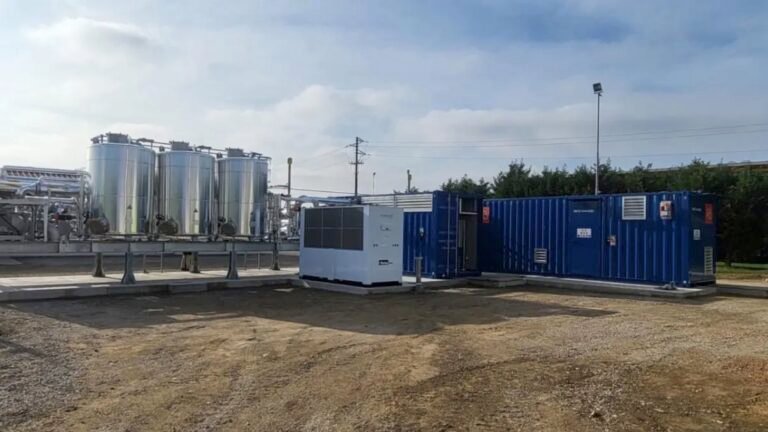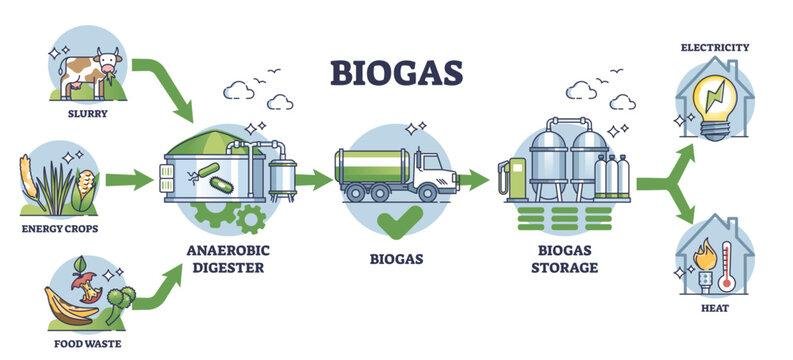Brussels, 26 June 2025 – Europe’s biomethane sector has reached an annual production capacity of 7 billion cubic meters (bcm) by the end of the first quarter of 2025, representing a 9% increase from 2024. However, growth is decelerating, prompting calls for stronger policy measures to maintain momentum in the sector.
Despite strong investor interest, which has grown to €28 billion from €27 billion last year, the sector faces challenges that hinder its expansion. The European Biogas Association (EBA) noted the critical need for a clear policy strategy for biogases, including binding targets outlined in a recent proposal for a 2040 Roadmap. Regulatory actions are necessary to accelerate growth before momentum diminishes.
The EBA’s 2025 Biomethane Investment Outlook highlights a growing commitment within the industry, projecting that these investments will enable Europe to achieve 7.3 bcm/year of biomethane capacity by 2030, an increase of 1 bcm from last year’s forecast. The total number of biomethane plants in Europe increased from 1,548 to 1,678 between 2024 and 2025, according to the latest European Biomethane Map, which was also released today. During this period, 165 new plants came online, with 56 of them starting operations in early 2025, indicating a steady expansion of this sustainable energy sector.
France currently leads in biomethane production, surpassing Germany with a 21% higher production share and a threefold advantage in the number of operational plants. In contrast, the United Kingdom and Germany have experienced stagnation, primarily due to regulatory uncertainties. Other countries such as Italy, the Netherlands, Denmark, and Sweden are also significant contributors but have shown slower year-on-year growth compared to the top producers.
The average size of biomethane plants in Europe is 483 Nm³/h, but this figure varies considerably across countries. Although France leads in the number of plants, its average plant size is smaller at 251 Nm³/h. In contrast, Italy and Germany operate larger facilities, averaging 727 Nm³/h and 605 Nm³/h respectively, while Denmark features fewer but larger plants with an average size of 1,468 Nm³/h. Over 85% of these plants connect to the gas grid, with 47% feeding into distribution networks and 8% into transport infrastructure.
Three years ago, the REPowerEU plan set a target of 35 bcm of biomethane by 2030, reflecting strong political ambitions that have boosted sector confidence. With an estimated long-term potential of at least 150 bcm of biogases, 177 million tons of organic fertilizers, and 120 million tons of biogenic CO₂ by 2050, biogases present a sustainable solution for Europe’s energy and climate objectives. However, these ambitions have not yet translated into the rapid growth anticipated.
Harmen Dekker, CEO of the EBA, emphasizes the necessity of clear political backing, legal certainty with binding targets, and high-level commitments to unlock the full potential of the biomethane sector. Such actions are essential to ensure that biogases contribute to Europe’s energy security, sustainability, and competitiveness.




